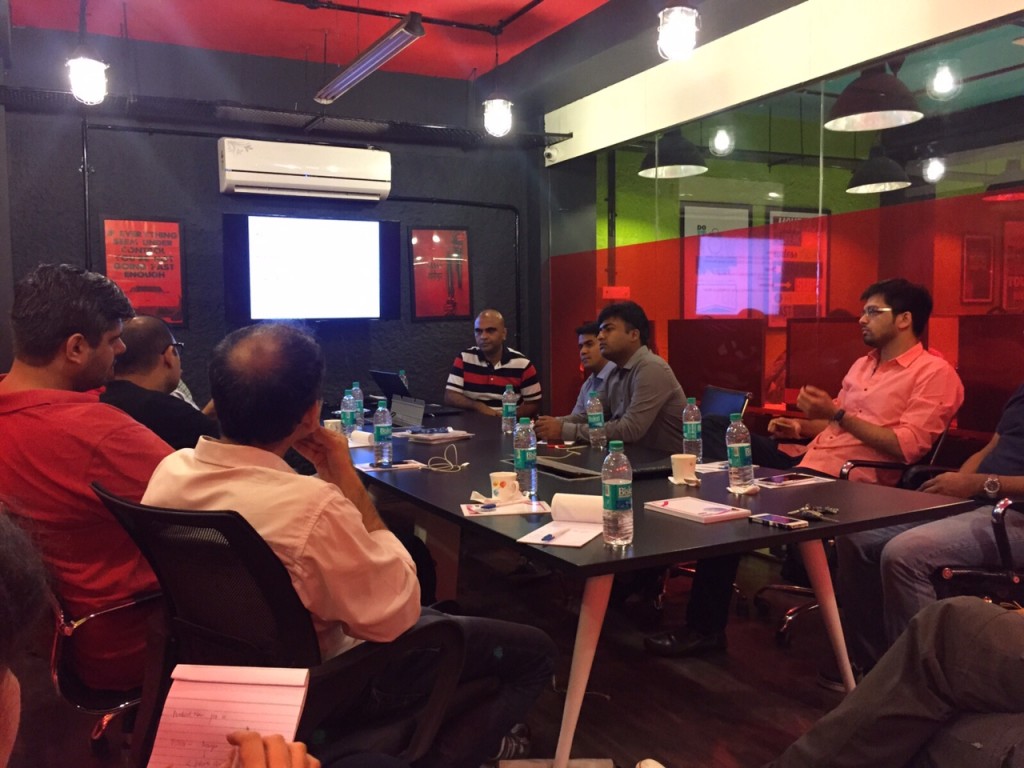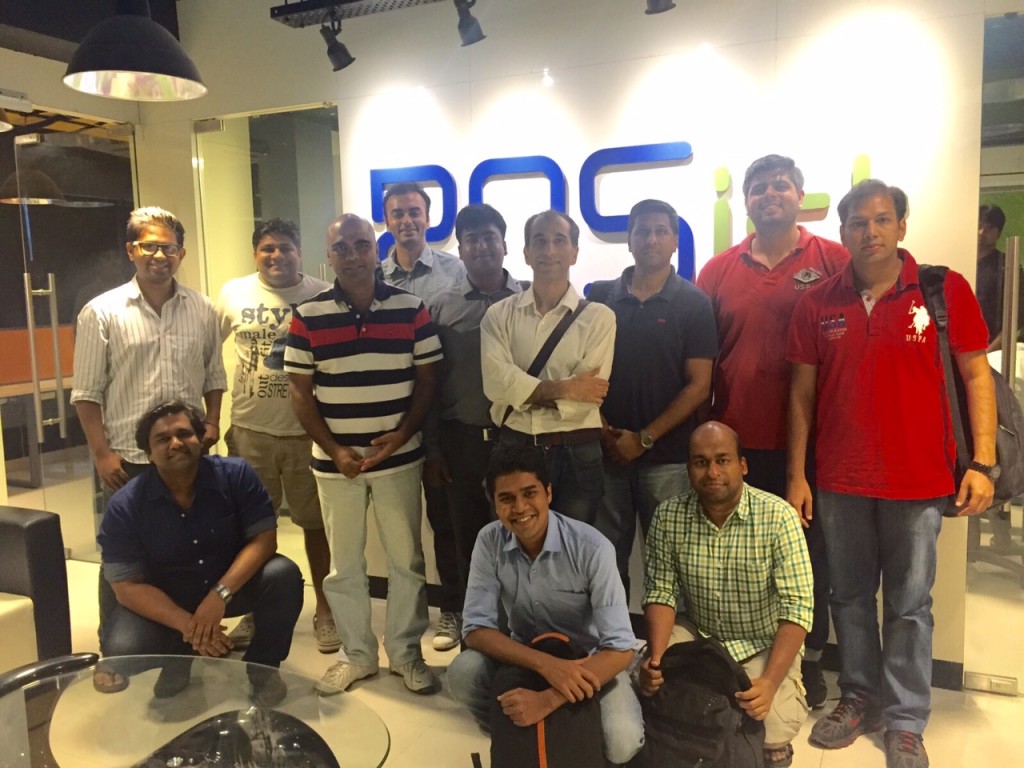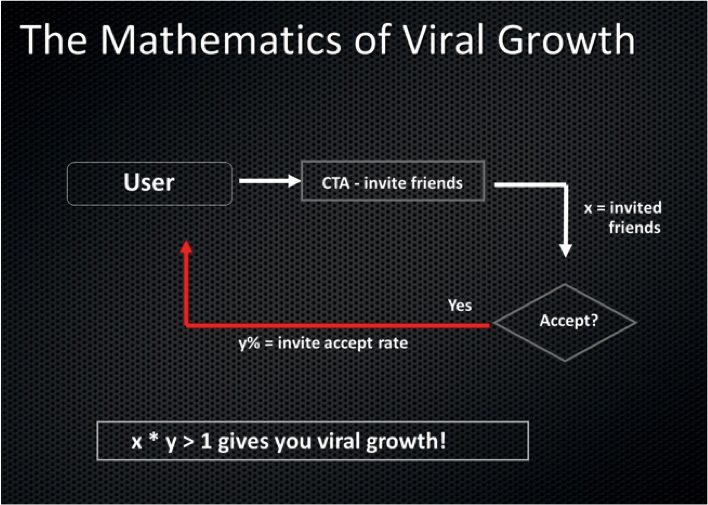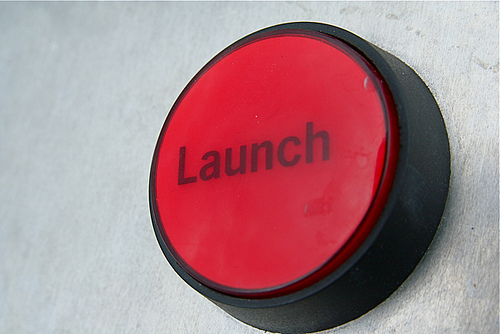It was a rainy Monsoon Delhi day with heavy downpour, traffic jams and water logging but these couldn’t keep a bunch of entrepreneurs from making it in time to the Product Nation Roundtable focused on Product Management and Growth Hacking.
Led by Round Table veteran who has done it all and scaled Slideshare to great heights, Amit Ranjan, the excite bunch got together in the lovely office of Posist.
The round table kicked off with discussion around Product Management with Amit discussing his learnings and unfolding carious aspects around it step by step.
He defined Product Management as the function that manages the product life cycle through activities like planning, forecasting, production, marketing and has flavours of engineering, design, sales, marketing, data etc.
No matter what the stage of the company is, Product management is relevant, it is carried out by Founders is small startups (say less than 10 in strength) and then there are multiple product managers in big companies.
Important takeaway: “A Product Manager should be the CEO of the product” – Amit Ranjan
 “A great product manager has the brain of an engineer, the heart of a designer, and the speech of a diplomat”
“A great product manager has the brain of an engineer, the heart of a designer, and the speech of a diplomat”
The group further analysed many examples of startups such as Uber, Twitter, Slideshare etc. around a model shared by Amit depicting 3 pillars of Product Management which are:
- Vision
- align org goals with market conditions & user needs
- ‘get’ the pulse of the product (think movie directors)
- Design
- give shape to the product: feature mix, user experience
- Execution
- work with engineering, quality, marketing to deliver
However, a common issue cited by many founders was the issue of making the right hire for such role. The group identified and discussed the various aspects that must be considered while making a hire for the role :
- Strong product sense/instinct
- Carries multiple points of views
- Communicates clearly
- Simplifies & prioritizes
- Measures & iterates
- Understands good design
- Writes effective copy
The second half of the Round Table was focused around Virality and the art of Growth Hacking with Amit sharing many interesting anecdotes and case studies.
Amit defined Virality as “Marketing built into the product…if the product is viral, it will market itself.
It is different from Word of Mouth, Marketing, Buzz etc and is simply the ability of the product to spread on its own. The role of a Marketer is to enable the product to do so and leverage different mediums to do so.
In Slideshare’s case, it was widgets that worked out very well for distribution. Amit emphasised to a great extent the importance of cracking and working on distribution right from the get go. The ideal scenario of working deeply on product (engagement) as well as channels (distribution) is hardly realised. It is a call that the entrepreneur has to take and has its own pros and cons. In Slideshare’s case, the heavy focus on distribution instead of deep diving into product development to a greater extent helped them erect barrier against new competitors/clones who tried to differentiate with added media support but could not pick up. As a negative, Slideshare faced issues in motivation as it never made users compulsively log in or create deeper engagement on the platform.
 Amit emphasised the importance of tracking the product’s viral coefficient which is the number of additional members every new member brings. It should be greater than 1 for the product to become viral.
Amit emphasised the importance of tracking the product’s viral coefficient which is the number of additional members every new member brings. It should be greater than 1 for the product to become viral.

The participants at the Roundtable were:
- Ashish Tulsian @posist.com (Host)
- Shashwat Srivastava @iflylabs.com
- Saurabh Arora @airwoot.com>
- Siddharth Deswal @wingify.com>
- Rahul Batra @getwalkon.com>
- Sujan Deswal @adpushup.com>
- Ankit Singh @aprogift.com>
- Amir Moin @contify.com>
- Sudhanshu Aggarwal @fizzysoftware.com>
- Amit Ghasghase <amit.ghasghase@wingify.com>
- Mrigank Tripathi @qustn.com
- Udit Sajjanhar @splashmath.com
Founders share their own growth hack stories and channels’ learnings. For majority, in the B2B scenario, content marketing has worked well to boost the acquisition and few discussed the idea of generating leads from fake Linkedin profiles!
Amit cautioned that one should always be looking out for new channels as a channel that’s working for you today will saturate soon.
The group got some great insights and takeaways to implement from product management and growth’s perspective. Ashish’s hospitality at Posist with amazing Cholley Bhature was cherry on top of the cake



